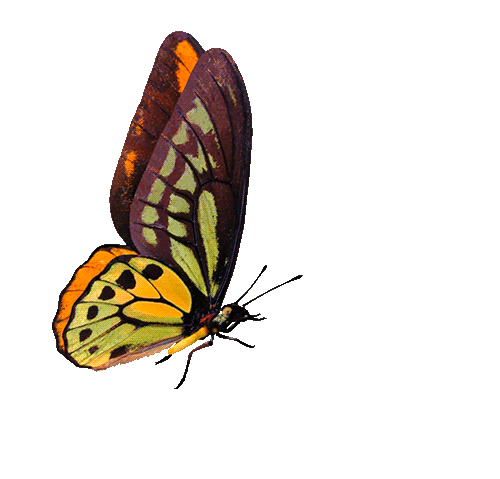top of page

Name
Gillyflower
Latin
Dianthus caryophyllus
Secret Meaning
Bonds of Affection, Lasting Beauty

Alternative Names:
Gillyflower, Gilliflower, Gilly-Flower, Clove Pink
Facts & Folkore:
The Gillyflower (or Gilliflower) refers to any of several scented flowering plants, particularly the carnation, or clove pink (Dianthus caryophyllus), but also to stock (Matthiola incana), and wallflower (Cheiranthus cheiri).
Other plants with the same name are are Dame’s Gillyflower, also known as Dame’s Violet (Hesperis matronalis); Mock Gillyflower, also known as Soapwort or Bouncing Bet (Saponaria officinalis); Feathered Gillyflower, also known as the grass or garden pink (Dianthus plumarius); and Sea Gillyflower, also known as the thrift or sea pink (Armeria maritima).
The name gillyflower has been regarded as a corruption of July-flower; but in Chaucer it appears in the form gilofre; likely from the French giroflée indicating its derivation from girofle, a clove, the scent of the clove-gillyflower, or clove-pink.
Clove gilliflower was used by Spaniards as a spicy flavoring in summer drinks. This culinary use, which persisted from the time of ancient Greece down through the centuries, led the English to call carnations "Sops-in-Wine" during the time of Chaucer, Spenser, and Shakespeare. Mention of gilliflowers and clove gilliflowers occurs in America as early as 1676 in Thomas Glover's Account of Virginia, where he notes "clove-gilliflowers" in planters' gardens. On a list of plants sent to Francis Eppes around 1786, Thomas Jefferson also includes "Giroffle royal. Gilly flowers, royal. to be sown in March. very fine & very rare." Gilliflowers were frequently used in medieval feudal tenure contracts as a means of payment of "peppercorn rent" (small payments) for land. For example, In Kent in the 13th century Bartholomew de Badlesmere upon an exchange made between King Edward I and himself, received a royal grant in fee of a manor and chapel "by the service of paying one pair of clove gilliflowers."
Click or hover over image.


bottom of page

